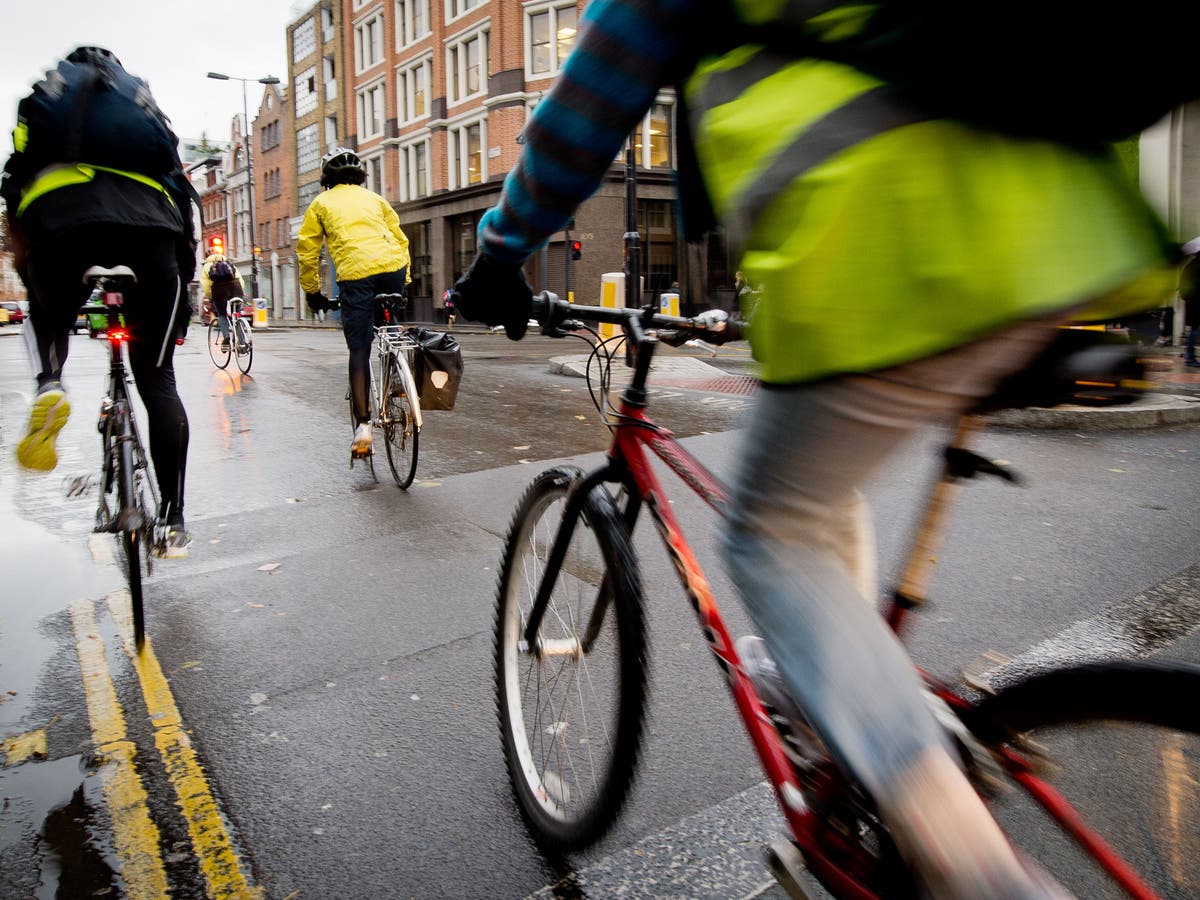Tube strikes: How can I get around London during this week’s walkouts?
Walkouts will disrupt entire network on 1 and 3 March

Tube strikes across the entire London Underground network will bring the capital to a standstill on two days this week: Tuesday 1 and Thursday 3 March.
The days following each walkout are also expected to see widespread disruption.
“On strike days, expect severe disruption to all lines and stations throughout the day [and the] possibility of no London Underground services,” warned Transport for London (TfL) in a statement about the industrial action.
Morning services the day after each walk out (Wednesday 2 and Friday 4 March) will also see delays and disruption, said TfL.
“If you can, consider working from home on strike days,” advised London Underground bosses, adding that commuters should travel later in the day than usual on the days after each walk out.
So how can you get around London on the strike days? Here’s everything you need to know.
When are the Tube strikes?
The strikes will begin at one minute past midnight on both 1 and 3 March (Tuesday and Thursday) and end at one minute to midnight on both days.
How can I get around London during the Tube strikes?
Buses
London buses will be operating as normal on strike days, although TfL has warned services are likely to be busier than normal.
Although travelling by bus is often slower than the Tube, there are around 700 routes connecting destinations throughout the nation’s capital – in many cases it will be possible to complete your journey by bus as an alternative. But commuters are being told to allow more time than usual for bus journeys as roads are likely to be busier on strike days.
Train and tram services
It is only the London Underground that is being affected by the planned walkouts – other TfL networks should be operating as normal, including TfL Rail, National Rail, DLR, London Overground and Tram services.
“Services will be running normally but will be busier than usual. Allow more time for your journey and consider alternatives,” says TfL.
“If you are using services from stations also served by the Tube, check before you travel for possible station closures.”
Santander bikes
Cycling is often quicker than taking the Tube on many journeys in London. Consider picking up a bike from one of the 800 or so Santander docking stations (£2 for unlimited journeys up to 30 minutes within a 24-hour period; £2 for each additional 30 minutes over the initial half-hour period) or using one of the various other bike sharing schemes within the city.
“You are never more than 600m from a Santander Cycle hire point in central London,” according to TfL.
Driving or taxis
Journeys can obviously be completed by car, either private vehicles or London cabs and other taxi services such as Uber. However, roads are expected to be busier than usual, and commuters have been warned to allow more time for their journeys.
Walking
In some cases it might be possible to walk to your destination instead. TfL is keen to promote travel on foot – it already has a range of useful walking guides, and has even teamed up with Go Jauntly to bring a Walking Tube Map to people’s phones to make it easier to walk as part of everyday journeys.
E-scooters
There are electric scooter rental trials in some London Boroughs; these rental schemes are the only way to legally ride an e-scooter on public roads or in other public places within London.
Dott, Lime and TIER e-scooters are available to rent and ride in the following London boroughs:
Riders must be 18 or over and have a full or provisional driving licence to rent an e-scooter.
Take note: it is still illegal to use privately-owned e-scooters or other powered transporters on public roads.
Work from home
If you don’t have to physically go into the office, it may be advisable to work from home instead. TfL is advising workers to do this wherever possible on 1 and 3 March.
“If you can, consider working from home on strike days,” advised London Underground bosses, adding that commuters should travel later in the day than usual on the days after each walk out.

 Fransebas
Fransebas 
































